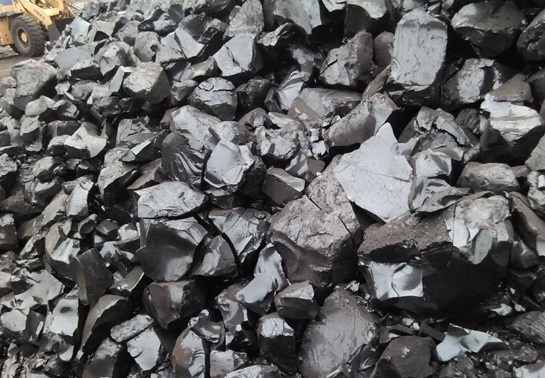
The calcined petrol coke carbon market is expected to reach a USD 22.5-billion value by 2025. This is primarily due to growing demand for steel and aluminum driven by flourishing construction, automobiles and transportation sector across the globe. In addition, rapid commercialization and industrialization mainly across developing countries is expected to augment the industry growth in the near future.
Calcined Petroleum Coke, a by-product of oil refineries, has a higher carbon content than coal. This makes it an attractive energy source. It's also cheaper than alternatives like natural gasoline. This has led industry to increasingly prefer calcined coke instead of coal.
The main application for calcined petroleum is the production carbon products like graphite electrodes, which can be used in electric furnaces or induction to melt aluminum and steel. It is also used to fuel fuel cells which produce electricity through the combination of hydrogen and oxygen. In the automobile industry, calcined petrol coke is used for carbon brushes and other carbon-based products such as engine piston liners.
In the calcining, raw carbonaceous materials undergo several profound transformations that improve their physical-chemical properties. This is achieved by contacting the carbonaceous raw materials with oxygen-containing gasses, preferably in a isolating environment. To avoid agglomeration of the carbonaceous material, it is pretreated by a mixture air and oxygen-containing gas at lower temperatures before calcining.

To maximize the efficiency of the calcining process, it is important to determine the correct temperature distribution. It is crucial that the carbonaceous materials reach the target calcination temperatures at the same time. This is achieved with a pretreatment gas flow that contains air, or oxygen free in inert inerts such as N CO0, N AR and He.
A heat exchanger is required in a calcining facility to heat and cool the carbonaceous material. The heat exchanger has an internal section and an external section separated by diaphragm walls. The calcined coke flows from top to bottom through the internal exchanger, while the water flows in the exchanger external. The heat from calcined coke is transferred into the water through the diaphragm and tubes.
Even though calcining processes can produce SO2, CO, and Nox, these pollutants are well below public health standards when operated in well-controlled environments. Exposure levels can rise in communities near petcoke storage, especially those that have open-air storage. Asthma rates in Southwest Detroit are higher than the rest. Southeast Chicago has had the same problem with open-air storing.

Write a Message